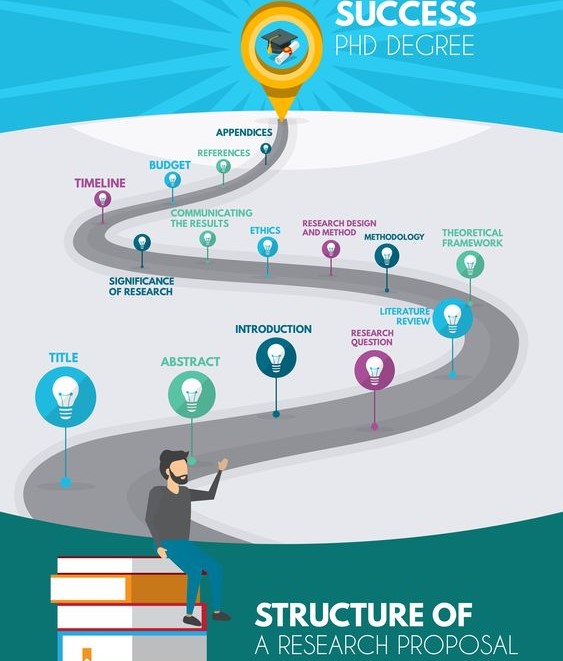
Table of Contents
Many students often confuse a research paper with a research proposal, assuming that they refer to the same thing. However, a proposal usually comes before the paper, describing what you intended to explore, why it is important and how the research will be conducted. The following guide offers insights to help you to conquer the task of research proposal writing.
What is the Purpose of a Research Proposal?
One of the primary reasons why students write research proposals is to get funding for their projects. A research proposal can be written as part of an application for grad school or before starting a dissertation or thesis. Apart from helping you to figure out what your study will look like, a proposal can also demonstrate to funding institutions why your project is worth pursuing.
Research proposals present the author’s plan for the study that they intend to perform. The author must demonstrate how and why their study is relevant to the field. A willing research proposal should also meet the following;
- Fill a gap in the existing body of research on their topic
- Underscore existing research on the subject
- Add new and original knowledge to the established understanding of the topic
A well-written proposal also shows that the author has the capability to conduct the research and make a meaningful contribution to their field. Thus, the research proposal should also discuss the author’s academic background and credentials to give credibility to your proposed ideas. However, showing the validity of the research and your ability to conduct it is not enough to get your proposal approved.
Apart from the elements discussed above, your proposal should also discuss the research methodologies that you intend to use and, the tools and procedures that will be used to gather, analyse and interpret the collected data. It should also explain how your study fits the budget and other challenges that come with conducting it through your academic program, department or institution.
Based on the above description, you might think that a research proposal is similar to a literature review. However, the latter is part of the proposal, covering the sources used, how they are applied and why they are relevant to the study.
The Length of a Research Proposal
Research proposals for Master’s and Bachelor’s theses are usually just a few pages long. However, those of larger projects such as funding requests and PhD dissertations are often longer and more detailed. The goal of a research proposal is to outline what your study will involve and accomplish. Therefore, the word count is not very important, provided that the proposal consists of all the necessary elements as discussed above.
Research Proposal Structure

The structure of a research proposal is fairly straightforward. Although the format for proposals may vary across fields, an ideal proposal comprises the following.
- Title
- Introduction
- Literature Review
- Research Design and Methods
- Conclusion
- References
Title
Like dissertations or theses, research proposals must also have title pages. The section should tell the reader about the proposed title of the study, name of the researcher or student, supervisor’s name and the department and institution. For long proposals, you also want to include a table of contents and an abstract page at the beginning.
Introduction
The introduction is the initial pitch for the proposal that explains what you intend to do and why. It should serve the following purposes;
- Introduce the topic of study
- Give necessary background and context of the research
- Highlight the research questions and state the problem that your research seeks to address
The introduction to a research proposal should be just a few paragraphs long. However, the content should provide the background significance of the study. One of the ways to achieve that is by explaining why your study is necessary and its relationship to the existing research in your field. Your study may strengthen or challenge the established research.
The introduction section of your research proposal should also clearly define the existing problems that your study will address. That will tell the readers why your research is necessary and why you believe it is worth conducting. Besides, it would also be appropriate to outline who could have an interest in the subject, for example, policy makers, academics and scientists.
Literature Review
The literature review should introduce all the sources that you plan to use in the proposed study. That includes past studies and their data, scholarly journals, articles and books. However, you should not merely list the sources. Instead, delve into the collection of sources that you selected and explain how you will use them in the research.
One of the ways to show how your project will contribute to the existing research is by comparing and contrasting the main theories, debates and methods. You should also examine the strengths and weaknesses of various approaches. It is also important that you explain how you will build on, synthesize or challenge past studies.
Research Design
Restate your main objectives to bring the focus back to your own project. This section should describe the overall approach and the practical steps that you will pursue to answer your research questions. The following are the main aspects that should be covered in the research design section.
- The type of research to be conducted. Tell the readers whether you will conduct a qualitative or quantitative research. Explain whether you are collecting data or working with data generated by other researchers.
- Tell the readers whether you are conducting correlational, descriptive or experimental research.
- Explain that data that you are working with. For example, you should describe the population you are studying when researching a topic on social sciences. You should also cover how you will select the subjects of the study and collect data from them.
- Describe the tools that you will use to collect data. Tell readers if you will be running experiments, observing phenomena or conducting surveys. Highlight all the data collection methods and why they are effective for your study.
Conclusion
The conclusion is where your wrap up all the points of your research proposal. Just like in other academic papers, the conclusion should briefly summarize the proposal and reinforce the stated purpose of your study.
References
The references or bibliography page is the final section of the proposal. Unlike the literature review where you describe the relevance of the chosen sources, the references section simply lists the sources and their authors.
The bibliography must be written in the style or format, provided for in the instructions. The most common writing styles for academic papers include APA, MLA, and Chicago. Each of those styles has unique requirements and rules that you must abide by when writing the research proposal.
Final Thoughts
Writing an impeccable research proposal can be a daunting task even for top students. However, you do not have to struggle on your own. At NursingPapers, we provide custom research paper writing services on a wide range of topics and subjects. Get in touch with us for the best help with writing research proposals, research papers, essays and dissertations.







